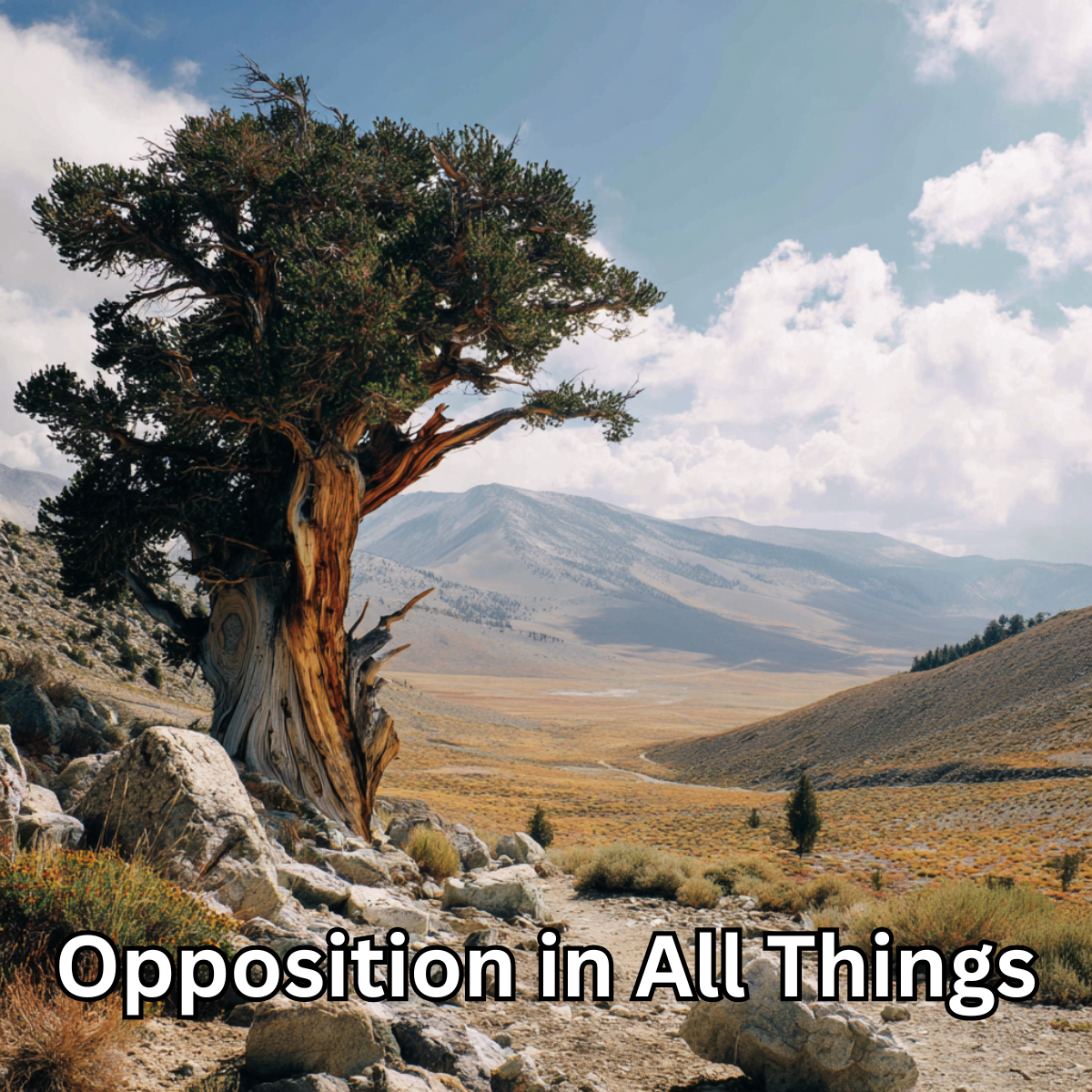Amid a significant personal transformation, I have committed to a 365-day challenge filled with rigorous, daily tasks aimed at achieving specific life goals. This commitment is built on a fundamental belief. I will attain the desired results by consistently performing certain actions every day for a year. This belief is more than hope—it’s faith in action. While my story revolves around a year-long journey, it aligns with the broader concept that ‘Faith is 180 Days.’ This idea suggests that at least half a year of persistent effort is often necessary to begin seeing the transformative power of faith through action. My journey, though longer, embodies this principle, demonstrating that faith is not just a sentiment but a proactive force in creating change.
Have you ever encountered someone asserting, ‘I tried that, and it didn’t work’? I’ve indeed found myself saying it on occasion. For instance, in a conversation about daily gym visits, a group member once remarked, ‘That just doesn’t work for me.’ Such instances made me ponder the true meaning behind ‘I tried.’ What constitutes a genuine, wholehearted attempt? Over the past few years, I’ve observed some enlightening patterns as I’ve committed to a new set of behaviors for 365 consecutive days. Firstly, a behavior becomes a habit once consistently practiced for at least 90 days. This duration encompasses various life cycles, mood swings, challenges, and even a change of seasons. It’s a period marked by interruptions and unexpected events. Yet, while 90 days might cement a habit, it’s often insufficient for witnessing the tangible fruits of one’s labor. The second insight is more profound: substantial, concrete evidence of one’s efforts usually manifests after 180 days. This observation aligns with the title of this article, suggesting that a significant transformation requires not just habitual action but sustained, dedicated effort over an extended period.
The term’ faith’ is often shrouded in religious connotations. Phrases like ‘I have faith in’ or ‘I am practicing my faith’ are typically associated with members of formalized religions. Yet, faith transcends these boundaries, encompassing a broader, uniquely human capacity. We possess the unique ability to envision what is not immediately present — to anticipate, invent, or even restore what is missing from our current reality. This capability necessitates exercising faith in a more expansive sense. In this context, faith is not merely a belief, a set of doctrines, or a religious persuasion. Instead, it’s an active force; it’s the verb in the narrative of our aspirations. Faith is about putting belief into action. It’s about demonstrating conviction not in the abstract but through concrete, dedicated effort over time. To witness the tangible outcomes of our beliefs, we need to engage with faith as an action. This dynamic process unfolds and proves itself through persistent effort. Thus, whether it’s about personal goals or broader aspirations, the exercise of faith — in its most practical and potent form — demands sustained commitment, often extending beyond what we initially perceive as sufficient.
So, what does it mean to truly ‘try’? How can we quantify faith in our actions? While it’s challenging to pin down a universal measure due to the complexity of individual circumstances and goals, a practical guideline can be adopted: Faith is 180 days. This concept suggests that to genuinely test the effectiveness of our faith — whether it’s in a new diet, an exercise regimen, or acquiring a new skill — a period of 180 days serves as a significant marker. It’s a realization that might be somewhat disheartening, especially if you were hoping for quick results. The common expectation is for a revelation within a matter of weeks, but my experience has taught me otherwise. The true impact of my faith, the objective measure of my efforts and belief, only becomes evident after surpassing the 180-day threshold. This isn’t just a number; it’s a testament to the perseverance and dedication required to see meaningful, lasting change. Thus, if we seek to validate our faith through action, it’s essential to go beyond short-term trials and embrace this more extended commitment period.
As we reach the end of this exploration, it’s worth pausing to reflect on our initial inclinations to say, ‘Oh, I tried that.’ Consider for a moment: what have you genuinely committed to for more than 180 days? For many, the list may be short. Yet, if you examine the areas in which you excel, you’ll likely find that these are the fields where you’ve invested time well beyond that 180-day mark. This correlation is far from coincidental; it’s a testament to the transformative power of sustained effort and faith in action.
In pursuing personal growth or mastery, it’s crucial to recognize that substantial change and development are rarely immediate. The journey of 180 days, or even my personal commitment of 365 days, is more than a mere countdown. It’s a period of deep learning, adaptation, and resilience. During these stretches of dedicated effort, our faith — not just in the goals we set but in ourselves — is genuinely tested and fortified.
In conclusion, the next time you’re tempted to conclude that something ‘doesn’t work’ or you ‘tried that already,’ ask yourself whether you’ve given it the 180-day test of faith. More often than not, the difference between fleeting attempts and enduring success is found in those extra days of perseverance. Faith, as we’ve seen, is more than belief; it’s action, commitment, and the courage to persist beyond the comfort zone of the familiar. So, as you embark on your next challenge, remember: real transformation begins where persistence meets faith — at the 180-day mark.




